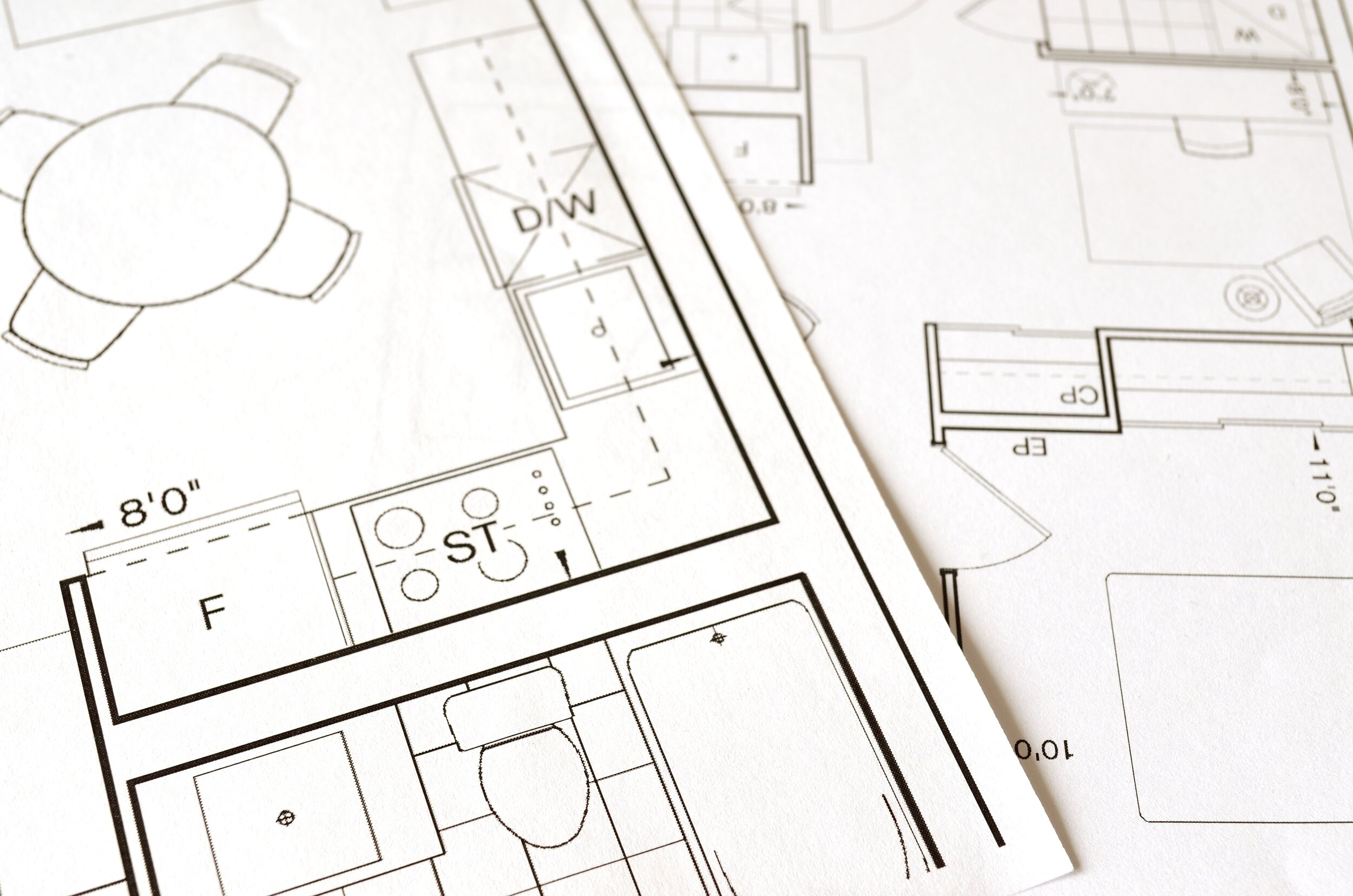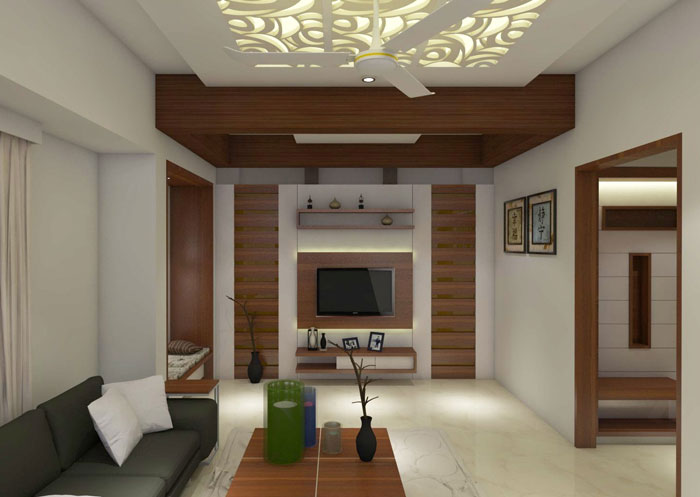Work with a Luxury Residential Architect to Build a Timeless Masterpiece
Work with a Luxury Residential Architect to Build a Timeless Masterpiece
Blog Article
The Art of Balance: Just How Interior Design and Home Engineer Collaborate for Stunning Results
In the realm of home layout, striking an equilibrium between visual appeals and capability is no tiny feat. This delicate balance is accomplished via the unified cooperation in between indoor designers and architects, each bringing their one-of-a-kind expertise to the table. Remain with us as we check out the ins and outs of this joint procedure and its transformative effect on home style.
Recognizing the Core Differences Between Inside Style and Home Style
While both Interior Design and home design play necessary functions in developing visually pleasing and useful rooms, they are naturally different techniques. Home design primarily focuses on the structural facets of the home, such as building codes, safety and security policies, and the physical building and construction of the area. It manages the 'bones' of the structure, collaborating with spatial measurements, load-bearing walls, and roofing styles. On the various other hand, Interior Design is a lot more concerned with boosting the visual and sensory experience within that structure. It entails selecting and arranging furniture, selecting color design, and incorporating attractive components. While they work in tandem, their duties, duties, and locations of competence diverge considerably in the creation of an unified home setting.
The Synergy In Between Home Style and Interior Decoration
The harmony between home architecture and Interior Design hinges on a shared vision of style and the enhancement of functional looks. When these 2 fields straighten sympathetically, they can transform a home from common to amazing. This cooperation needs a deeper understanding of each self-control's principles and the capacity to develop a natural, visually pleasing atmosphere.
Unifying Design Vision
Combining the vision for home design and indoor design can create an unified living area that is both functional and visually pleasing. It advertises a collaborating approach where architectural elements enhance interior layout parts and vice versa. Hence, unifying the layout vision is crucial in mixing architecture and indoor layout for spectacular outcomes.
Enhancing Useful Visual Appeals
Just how does the harmony between home design and interior design improve practical looks? Engineers lay the groundwork with their structural layout, making certain that the area is reliable and practical. An architect might design a house with high ceilings and big windows.
Relevance of Partnership in Creating Balanced Spaces
The cooperation in between interior designers and designers is pivotal in producing balanced areas. It brings consistency between design and style, providing birth to areas that are not only cosmetically pleasing but also functional. Exploring effective collaborative techniques can provide insights right into how this synergy can be efficiently attained.
Balancing Style and Architecture
Equilibrium, a crucial facet of both interior design and design, can just absolutely be accomplished when these two fields job in harmony. This collective procedure results in a natural, balanced layout where every element has a function and adds to the general aesthetic. Balancing style and architecture is not simply regarding developing gorgeous spaces, but regarding crafting areas that function flawlessly for their occupants.
Successful Joint Approaches

Instance Studies: Successful Combination of Design and Design
Analyzing a number of study, it emerges just how the successful combination of Interior Design and design can change a room. The Glass Home in Connecticut, renowned for its minimalistic beauty, is one such instance. Engineer Philip Johnson and interior designer Mies van der Rohe see here now worked together to produce an unified equilibrium in between the framework and the inside, causing a seamless circulation from the outside landscape to the inner living quarters. Another exemplar is the Fallingwater House in Pennsylvania. Architect Frank Lloyd Wright and interior developer Edgar Kaufmann Jr.'s joint initiatives result in a stunningly one-of-a-kind house that blends with its natural environments. These study highlight the extensive influence of an effective layout and architecture cooperation.

Overcoming Challenges in Style and Architecture Cooperation
In spite of the indisputable benefits of an effective cooperation between Interior Design and architecture, it is not without its challenges. Communication issues can emerge, as both events might make use of various terminologies, understandings, and approaches in their job. This can lead to misunderstandings and hold-ups in task conclusion. One more significant obstacle is the harmonizing act of aesthetic appeals and functionality. Engineers might focus on architectural honesty and security, while designers focus on convenience and design. The integration of these objectives can be intricate. Additionally, spending plan and timeline constraints usually add stress, possibly causing breaks in the partnership. Efficient communication, mutual understanding, and compromise are vital to get over these obstacles and attain a unified and effective collaboration.

Future Patterns: The Advancing Connection Between Home Architects and Inside Designers
As the world of home design continues to progress, so does the partnership between architects and indoor designers. On the other hand, indoor designers are embracing technological aspects, affecting total layout and performance. The future promises a much more natural, cutting-edge, and flexible method to home layout, as developers and designers proceed to obscure the lines, promoting a partnership that absolutely symbolizes the art of balance.
Verdict
The art of balance in home design is attained through the harmonious cooperation between interior designers and engineers. Despite obstacles, this collaboration promotes growth and advancement in style.
While both indoor style and home style play essential roles in creating aesthetically pleasing and functional spaces, they are inherently different disciplines.The synergy between home design and indoor layout lies in page a shared vision of style and the improvement of practical looks.Merging the vision for home design and indoor design can develop a harmonious living area that is both useful and aesthetically pleasing. Hence, unifying the style vision is essential in blending architecture and indoor layout for magnificent results.
Exactly how does the harmony in between home style and indoor layout improve useful aesthetics? (Winchester architect)
Report this page